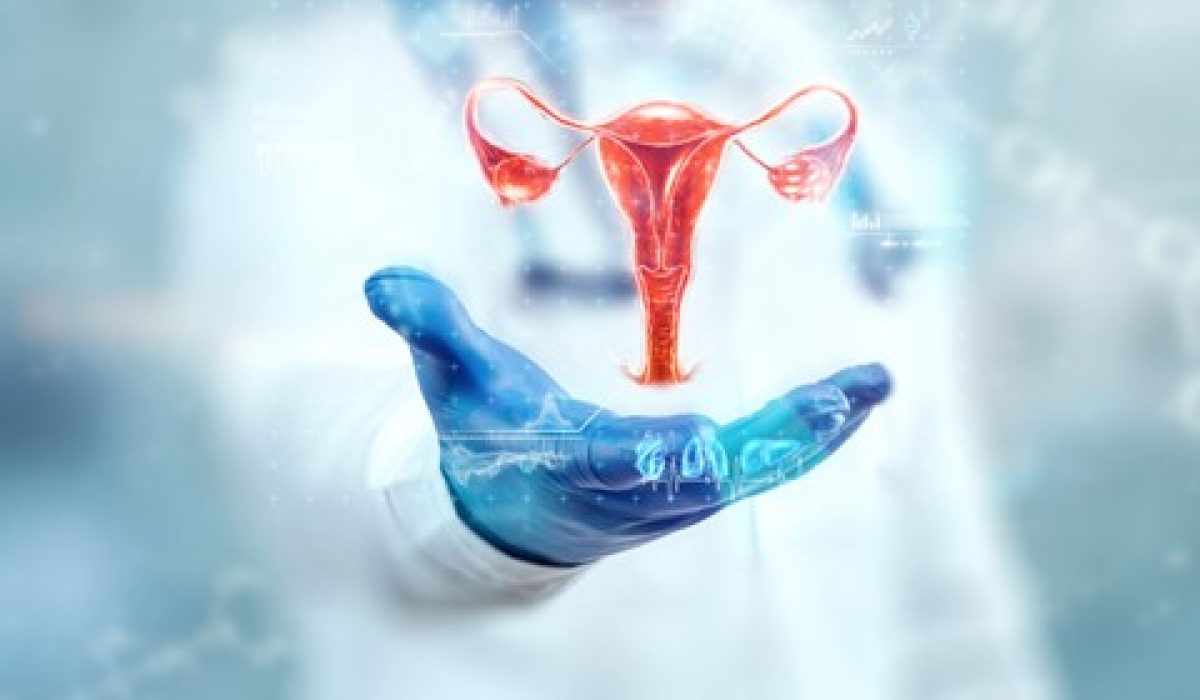Ovarian cancer is a significant health concern that affects women around the world. It is often referred to as the “silent killer” due to its subtle symptoms in the early stages. However, with increased awareness, early detection, and advancements in treatment, the prognosis for ovarian cancer has improved significantly. This article aims to shed light on ovarian cancer, including its symptoms, treatment options, and preventive measures.
I. What is Ovarian Cancer?
Ovarian cancer occurs when abnormal cells in the ovaries grow and divide uncontrollably, forming a tumor. The ovaries are two small, almond-shaped organs located on either side of the uterus and play a crucial role in female reproductive health. Ovarian cancer can affect various parts of the ovaries, including the surface epithelium, germ cells, and stromal cells.
II. Symptoms of Ovarian Cancer:
Early-stage ovarian cancer often presents with vague symptoms, which can be mistaken for other conditions. However, it is important to pay attention to the following signs and symptoms that may indicate ovarian cancer:
- Abdominal or pelvic pain
- Bloating or a feeling of fullness
- Changes in appetite or unexplained weight loss
- Frequent need to urinate
- Fatigue or unexplained tiredness
- Changes in bowel habits
III. Diagnosing Ovarian Cancer:
Diagnosing ovarian cancer typically involves a combination of methods, including a pelvic examination, imaging tests (ultrasound, CT scan), blood tests (CA-125), and ultimately, a biopsy to confirm the presence of cancerous cells. It is crucial for women to undergo regular check-ups and report any concerning symptoms to their healthcare provider.
IV. Treatment Options:
The treatment approach for ovarian cancer depends on several factors, including the stage of cancer, overall health, and the patient’s preferences. The primary treatment options for ovarian cancer may include:
- Surgery: The mainstay of treatment involves surgical removal of the tumor and affected tissues. The extent of the surgery depends on the stage and spread of cancer.
- Chemotherapy: After surgery, chemotherapy is often recommended to kill any remaining cancer cells. It may be administered intravenously or directly into the abdominal cavity.
- Targeted Therapy: In some cases, targeted therapy drugs are used to specifically target cancer cells and disrupt their growth.
V. Preventive Measures:
While there is no guaranteed way to prevent ovarian cancer, certain lifestyle choices and risk-reducing strategies may help decrease the chances of developing the disease. These include:
- Oral Contraceptives: Long-term use of oral contraceptives has been shown to reduce the risk of ovarian cancer.
- Pregnancy and Breastfeeding: Women who have been pregnant and breastfed may have a lower risk of developing ovarian cancer.
- Genetic Testing: Individuals with a family history of ovarian or breast cancer should consider genetic counseling and testing to assess their risk.
- Prophylactic Surgery: In high-risk cases, such as individuals with a BRCA gene mutation, prophylactic removal of the ovaries and fallopian tubes may be recommended.
Ovarian cancer continues to be a significant health challenge, but advancements in diagnosis and treatment provide hope for patients. Increased awareness of the symptoms, regular check-ups, and early detection are crucial for improving survival rates. By understanding the symptoms, seeking prompt medical attention, and adopting preventive measures, we can collectively work towards reducing the impact of ovarian cancer and improving women’s health.
Remember, knowledge is power, and together we can make a difference in the fight against ovarian cancer.



